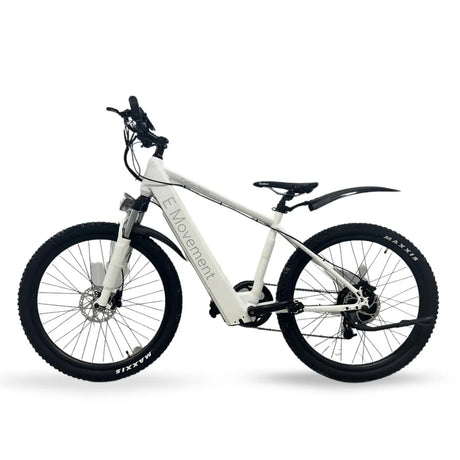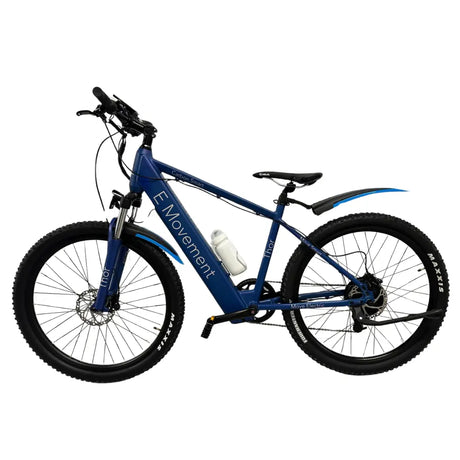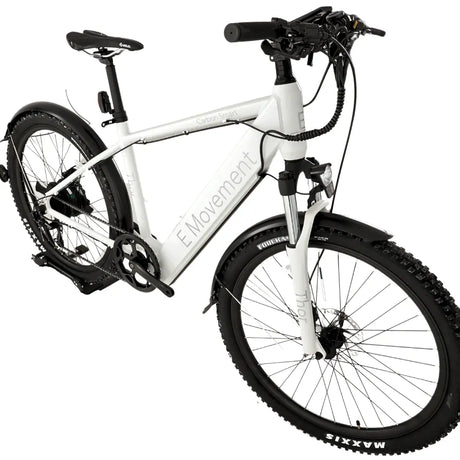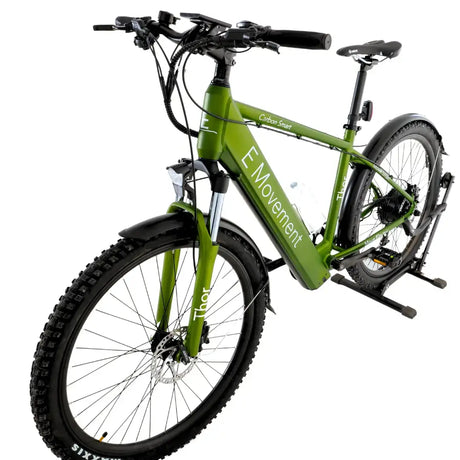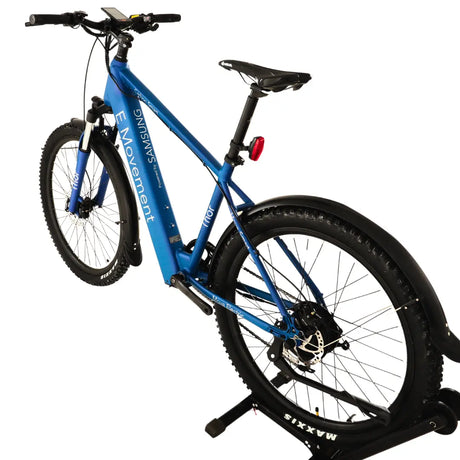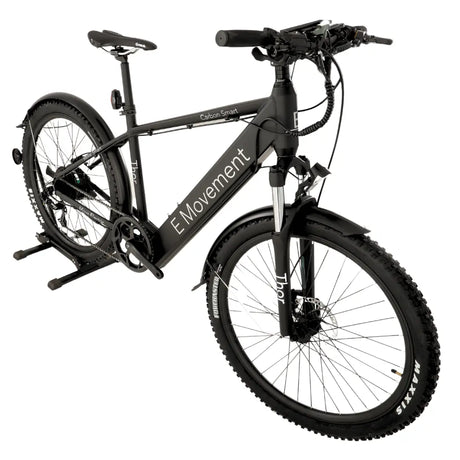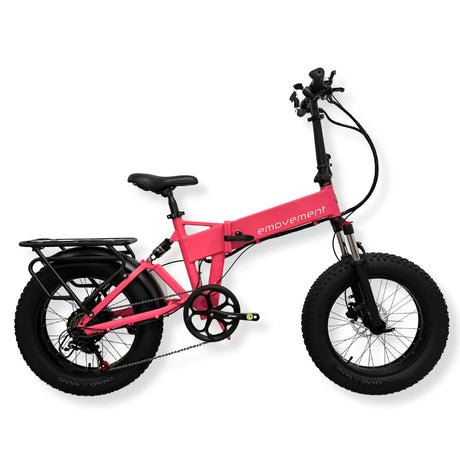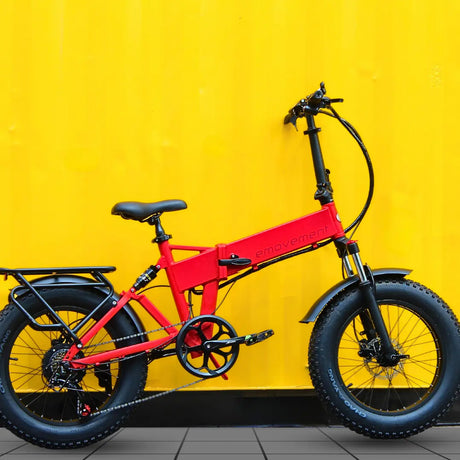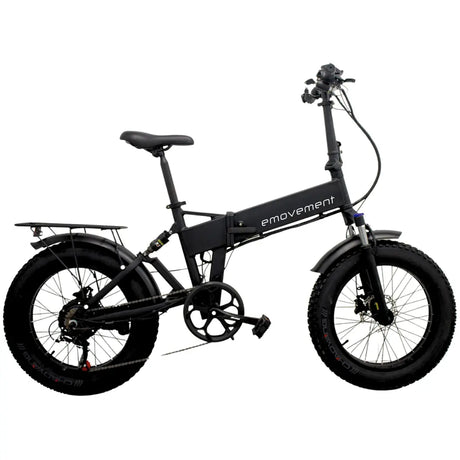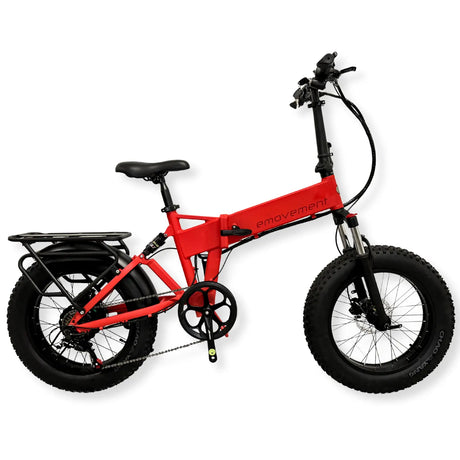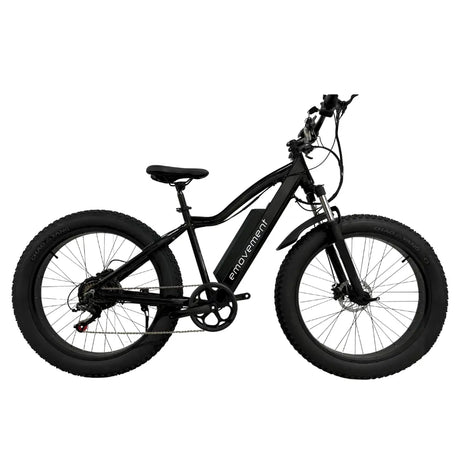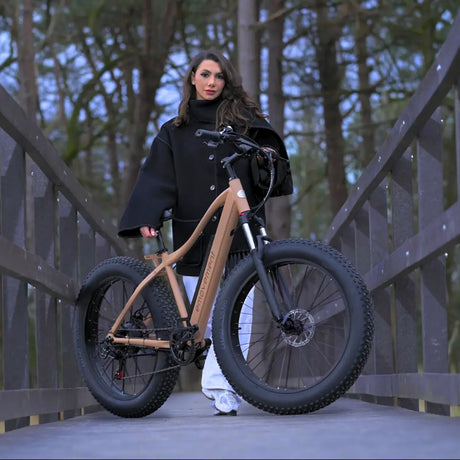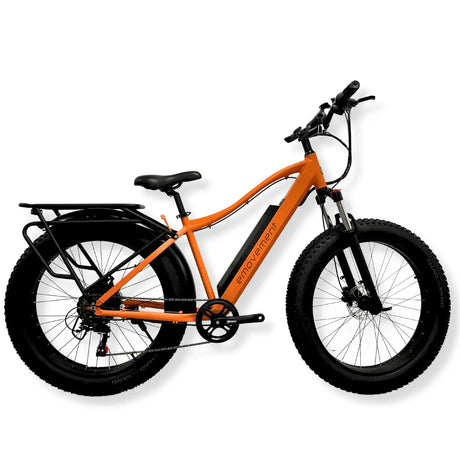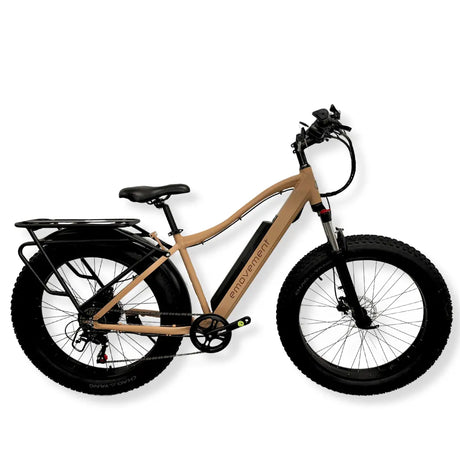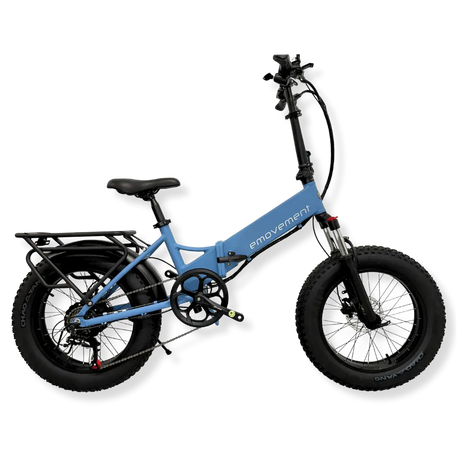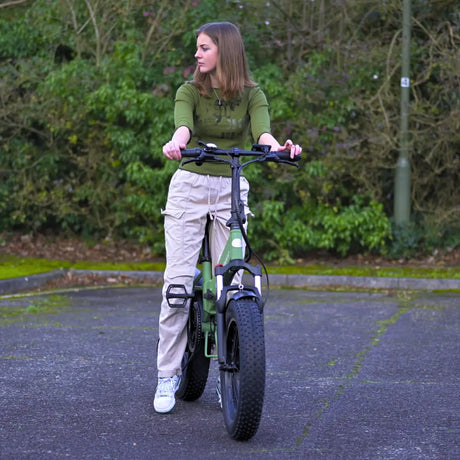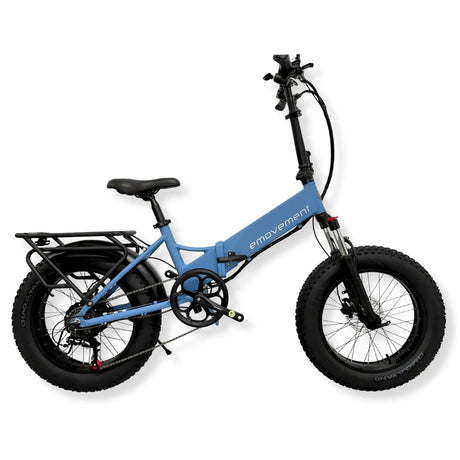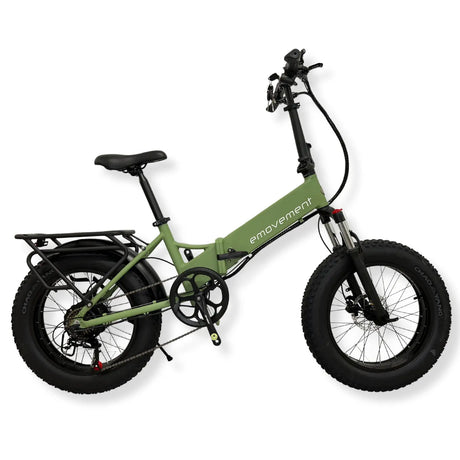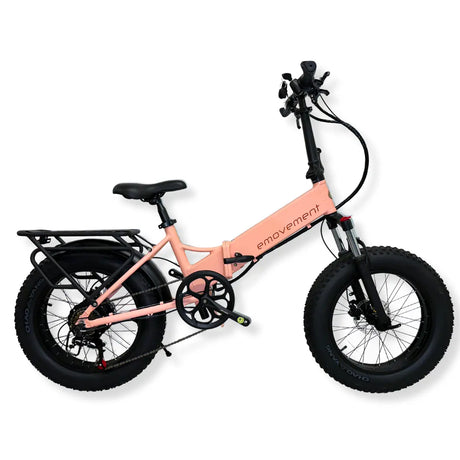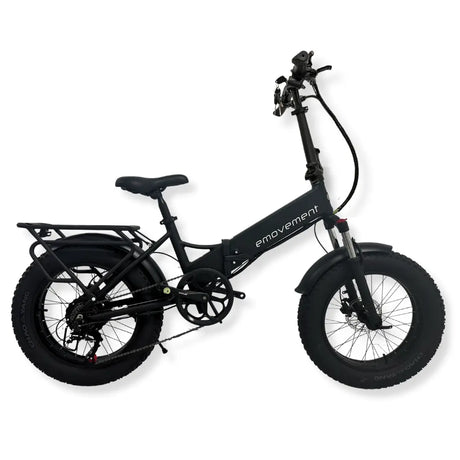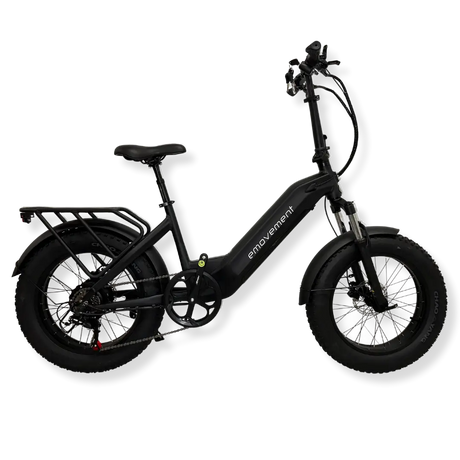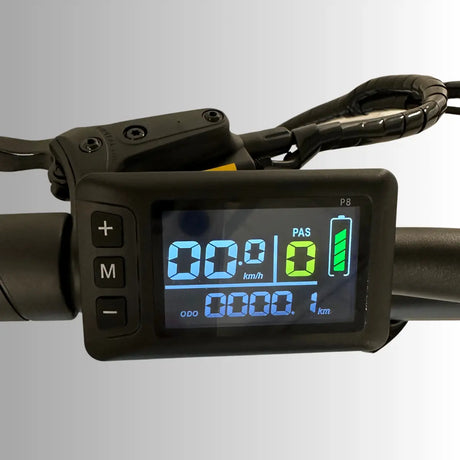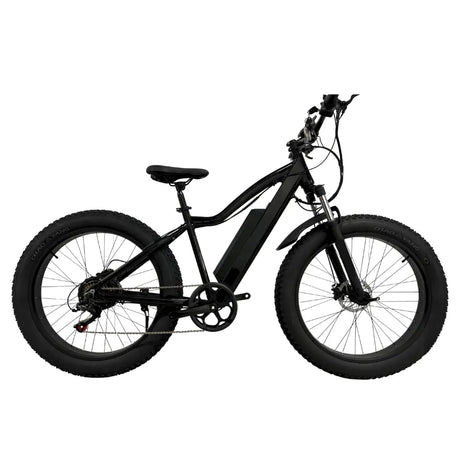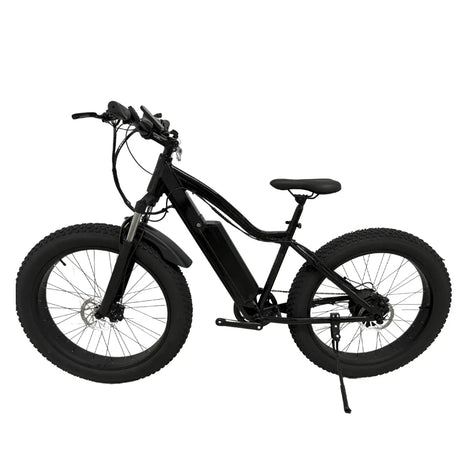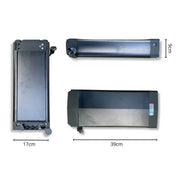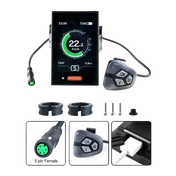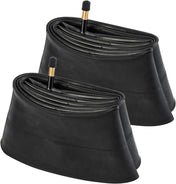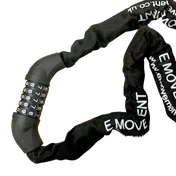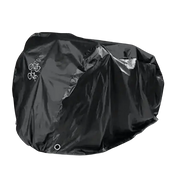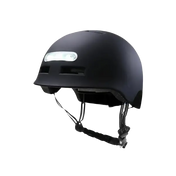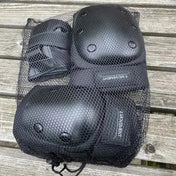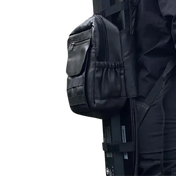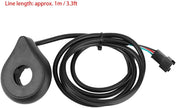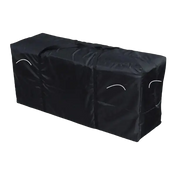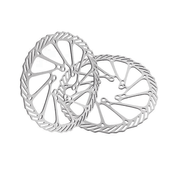At first glance, riding an electric bike in winter may appear challenging, particularly with the UK's chilly weather. Cold temperatures, slippery roads and shorter daylight hours can cause many cyclists to wonder “Are electric bikes good in winter?”. Although e biking in winter is not as simple as throwing on a parka and walking out the door, it is not as tough as climbing a mountain.
Whether it is slower driving on icy or damp surfaces or ensuring e bike’s battery lasts during lower temperatures, winter riding demands some tweaks in your routine. To enjoy the UK’s weather and spend the season in an environmentally friendly way make sure to wear suitable gear, do regular bike maintenance and consider road safety protocols.
Benefits of Riding Electric Bikes during Winter
The importance of riding an e bike during the winter cannot be understated, and more commuters and leisure cyclists are taking advantage of it. E bikes can offer a warm, efficient and ecological way to get around in this chilly temperature and slushy roads. Below are the top electric bike winter benefits.
Guided Experience on Snow and Ice
E-bikes' pedal-assist ability is powerful enough to help you tackle snowy roads and icy trails easily. The motor makes it easier to stay in control on a slippery surface than a regular bike. E-movement’s cold-weather electric bike has the option of fat tyres fitted to improve traction thus ensuring a safer and smoother ride. This helps particularly on UK rides, where snow and ice can make riding tricky.
Minimal Physical Strain
Winter can be tough on the body, with harsh winds and even harsher terrain. Electric bikes assist in improving oxygen delivery to the brain and muscles to reduce the physical strain on cyclists, allowing them to work less hard while remaining active. Whether you’re on your way to work or out for an enjoyable ride, the pedal-assist feature means you’ll be able to handle hills and long distances without tiring yourself out. This makes e-bikes an excellent option for cyclists of all fitness levels, especially in the colder months when energy levels may feel even lower.
Green Transport
E-Mobility — Electric bikes burn zero fuel and thus provide a green mode of transport significantly reducing your carbon footprint. Substituting an e-bike during the winter months, when car use tends to rise because of the colder conditions, could make a significant impact on sustainability. Using an e-bike for your commute or errands means you’re helping improve air quality and decrease traffic. You’re also saving on fossil fuel to keep your car warm, a price that tends to rise in winter as demand goes up.
Cost-Effective and Convenient
Winter can bring extra expenses, from heating bills to car payments. It serves as a cheap method of transport compared to driving or public transport. Furthermore, e-bikes also have lower operating costs, helping us save some bucks that we would otherwise spend on charging or maintenance, the price of fuel or train tickets. They also save you a lot of hassle by allowing you to bypass traffic jams and delays that can come with the winter weather. You can take small pathways and back roads, making them faster and more convenient.
Year-Round Fitness and Mental Well-Being
Winter is a critical time to stay active for both physical and mental health. Winter cycling with an electric bike is a fantastic way of keeping fit without killing yourself when it is cold outside. The pedal-assist functionality allows you to control how much you contribute to your ride, keeping you active even on the coldest days. Moreover, spending time in nature — even a little — can improve mood and ease symptoms of seasonal affective disorder (SAD). Cycling outdoors in the cool winter air is an invigorating experience that will wake you up and help you feel accomplished.
Challenges of Riding Electric Bikes in Winter
Riding an electric bicycle in the winter can be practical and fun. Potential cold weather problems for e-bike riders include icy roads and maintenance issues. Recognizing these challenges and knowing how to tackle them might allow for a safer and more comfortably rugged winter riding experience. These are some of the common problems faced by e-bike riders in winter:
Freezing Roads and Icy Surfaces
Riding an electric bike on snow is a great part of riding an e bike in winter. This can undermine your ability to remain stable and in control, all the while raising the risk of collision or accident. Electric bikes have an extra weight — the motor and battery — that calls for added care when turning or stopping on a slippery surface.
Solution:
-
Winter-specific tyres or studded tyres can provide the traction your e-bike needs.
-
Lower some tyre pressure for slippery surfaces.
-
The most important thing is to slow down and avoid hard braking and sharp corners to keep control.
-
Plan your routes carefully to avoid ice-prone areas, shadowy spots, or bridges.
Reduced Battery Performance
Cold weather can have a massive impact on the life of your e-bike’s battery because lithium-ion batteries are less efficient in icy conditions. They can also lead to shorter riding ranges, which can be problematic if you're using your e-bike to race into work or for long rides.
Solution:
-
When not in use, keep your battery indoors at room temperature so it doesn’t get too cold.
-
Make sure to fully charge your battery before heading out and take a spare battery with you if you can.
-
Do not leave your bike in very low temperatures for long periods.
-
A thermal cover for your battery helps keep it warm during your rides.
Special tyres and maintenance required
This can mean using different tyres to ride through the snow with either studded tyres or wider tyres. Even the wet and salty conditions of winter roads can result in increased wear and tear on your e-bike’s components, the chain, brake pads and gears, to name a few.
Solution:
-
Winter-specific tyres will offer better grip and control.
-
Keep your bike clean regularly, so that salt, dirt, and moisture (which will create corrosion) can be kept on the outside of the components.
-
Oil your chain and other moving parts more often to avoid rust.
-
Inspect brakes and gears regularly for proper operation.
An increase in Darkness and shorter Daylight Hours
With shorter days and less visibility from fog, rain or snow, Cyclists and other road users can struggle to see clearly. Poor visibility poses a greater risk for accidents, particularly in high-traffic areas.
Solution:
-
Just as with regular cycling, you should also equip your e-bike with bright, front and rear lights, reflective strips and/or accessories.
-
Wear brightly coloured or reflective clothing to increase your visibility to others.
-
Add supplemental lighting like helmet-mounted lights to see more in dark sections.
-
Avoid riding in the dark — plan your rides so you can travel during daytime hours as much as possible.
Cold Weather Riding Comfort and Safety
When choosing e bikes for winter riding, staying warm and comfy is important, but also tricky because of freezing temperatures. Cold winds, rain or snow can make your plunge all the more uncomfortable, and even deadly, if you’re not wearing suitable gear.
Solution:
-
Dress in layers so you can trap the heat but also peel it off.
-
Wear thermal socks, gloves and shoe covers for warmth.
-
If it’s cold outside, consider wearing a scarf to cover your face and neck from cold winds.
-
Make sure your helmet is properly fitted and winter-ready, such as with ear covers.
Tips for Safe Winter Riding
Riding in the winter can be rewarding, but it needs a little more attention so it can be done safely and comfortably. It takes a delicate balance of cold temperatures, icy roads and limited visibility to get riders to prep themselves carefully before heading out. So, with this in mind, here are top winter riding tips for e bikes to ensure safety:
Make Sure Your Maintenance is Up to Date
Colder months come with tougher road conditions so make sure your electric bikes in winter are in top condition. Inspect your tyres for their health before hitting the road. If you’re hopping on a bicycle, use a fat tyre electric bike with thicker treads or with studs to help grip icy roads. Also, check your brakes, chains and lights to make sure they work. The cold can take its toll on your bike’s performance, so getting regular bicycle maintenance is important to avoid mechanical failures that could also be the cause of an accident.
Choose the Right Route
You should be aware of the route you take when planning your ride. Take well-travelled routes; they may be more likely to be cleared of snow or ice. Stay away from unfamiliar or poorly maintained routes where you could run into unexpected hazards. If at all possible, monitor weather forecasts and road conditions to prepare. Be especially cautious of bridges, overpasses or shaded areas that can freeze in icy conditions. Steer clear of busy thoroughfares where snow or slush can pile up, raising the risk of losing control. One of the easiest and best ways to stay safe is by planning your way to avoid dangerous areas.
Increase Stopping Distance and Slow Down
In winter riding, you should drive more cautiously. As temperatures drop and surface grip decreases, your stopping distances increase. Slow down; allow yourself additional time to react to obstacles or sudden alterations to road conditions. Take turns at a much slower pace, and avoid abrupt acceleration or braking, as this can cause your bike to slide. Moreover, make sure to maintain a safe distance from other riders or vehicles on the way. Uneven terrain, ice patches, snow piles or hidden potholes can cause you to lose control if you’re too close to others, so maintaining a wider gap gives you time to react to those unforeseen circumstances more effectively.
Pay Attention and Adapt to Conditions
Winter weather can change rapidly and the road conditions can be unpredictable. Snow, sleet and rain can make the surface slick, while poor visibility can impair your ability to see potential hazards. Be aware and ride according to the conditions. Stay alert, and regularly check for changing road conditions or other drivers. Refrain from distractions such as phone use or listening to music through earbuds. Watch the weather and be prepared to pull over if conditions deteriorate. If visibility is bad or the roads are too treacherous, delay your ride or go to a safe place until conditions improve.
Know When to Cancel Your Ride
In some cases, the safest option is not to ride. Heavy snow, freezing rain and fog may all merit a postponement of your ride until the conditions improve. Regardless of how well-prepared you are, extreme weather can get both you and other people hurt. Follow your gut — if the weather is too hazardous, stay off the road. You’re better off waiting for a better day than putting your safety in jeopardy. If you’re unsure of the conditions, consult local authorities or a weather app for real-time updates.
Conclusion
The advantages of choosing e bikes for winter conditions include an easy ride through snow and ice, less physical effort, and a sustainable lifestyle. It can also present challenges, including icy roads, decreased battery efficiency, and the necessity for good maintenance.
However, with the right preparations—such as winter-specific tyres, the right clothing, and route planning—you can have safe and enjoyable rides through the winter months. In the long run, electric bikes are a great solution for staying healthy, saving cash, and lowering carbon emissions (good for Mother Earth), but you still need to be careful and learn how to ride in different weather conditions to get the best safety and performance out of your e-bike.


